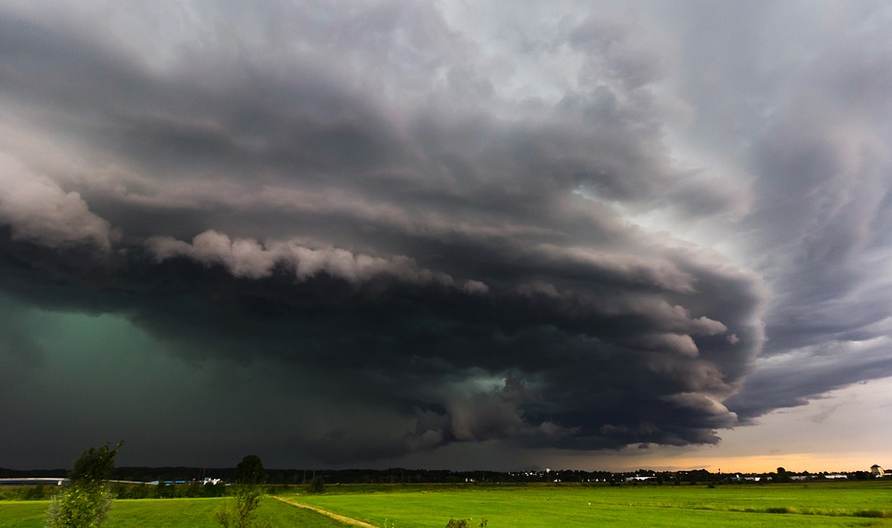$100bn the new catastrophe loss norm. SCS shows it’s time to reassess thresholds: WTW

Global insured losses from natural catastrophe events surpassed $100 billion for the fourth year in a row in 2023, leading broker and consultant WTW to say “such losses are becoming the norm, not the exception.”
The company does not give a specific estimate, unlike the reinsurance brokers, but WTW does highlight some interesting trends that are developing.
Not least the fact that so-called secondary perils remain a key contributor to global natural catastrophe insured losses, but they raise the question whether “secondary” is still the right name for them.
While secondary perils are seen as a driver of small to mid-sized insured loss events, it is their aggregation that remains a threat to the insurance and reinsurance industry.
As a result, WTW notes, “This increase has led many insurers to call for alternative labels, such as “earnings” perils, to acknowledge that what might be secondary in terms of individual event losses can still have a primary effect on their profitability in aggregate.”
Severe convective storms (SCS) are a prime example here, as in 2023 they drove more than $50 billion of the global insured catastrophe loss bill in the United States alone.
In addition, hail storm events in Italy became one of the most costly insured disasters in that countries history and SCS losses are rising in Europe, Asia especially China, Australia, and other regions of the world as well.
WTW further stated that, “In recent years, insurers have viewed annualised losses in the region of $20 billion to $30 billion from US convective storms as indicative of a challenging year.
“But this threshold should now be reevaluated after the unprecedented damage seen in 2023 and the continued growth of property exposures.”
Cameron Rye, head of modelling research and innovation, WTW Research Network, commented, “In a world increasingly shaped by aging infrastructure, climate change, and urban growth into risk-prone areas, we are now facing disasters that were either not anticipated or deemed unlikely just a few years ago.
“Beyond economic damages, 2023 highlighted the need for a proactive approach to risk identification, mitigation and adaptation.”
WTW noted that tornado reports in the United States were 13% above the 1990 – 2022 average in 2023, while large hail reports came in a staggering 77% above average.
“When analyzing the aftermath of the recent severe weather in the U.S., it is important to contextualize this increase in losses by examining how property exposures are changing while also not forgetting about the important roles of natural variability and climate change in shaping the hazard,” WTW said.
Exposure growth is a key driver of SCS losses and WTW explains, “By building more structures in tornado hotspots, we are creating the potential for progressively larger losses.”
They also state that, in referring to a recent study, “The authors of this study project that the combined effects of exposure and climate could lead to a threefold increase in the median number of housing units affected by tornados by 2100.”
“As wealth and exposure continue to grow, we should expect an “average year” to be composed of increasingly larger claims from common perils such as convective storms, wildfires and floods.
“Overall, this means that insurers and other risk managers should regularly recalibrate their view of risk. Annual losses in the region of tens of billions of dollars from SCS should no longer be a surprise in the 2020s, particularly when the dice rolled by natural variability generates a year with above-average storminess,” WTW explained in its report.






